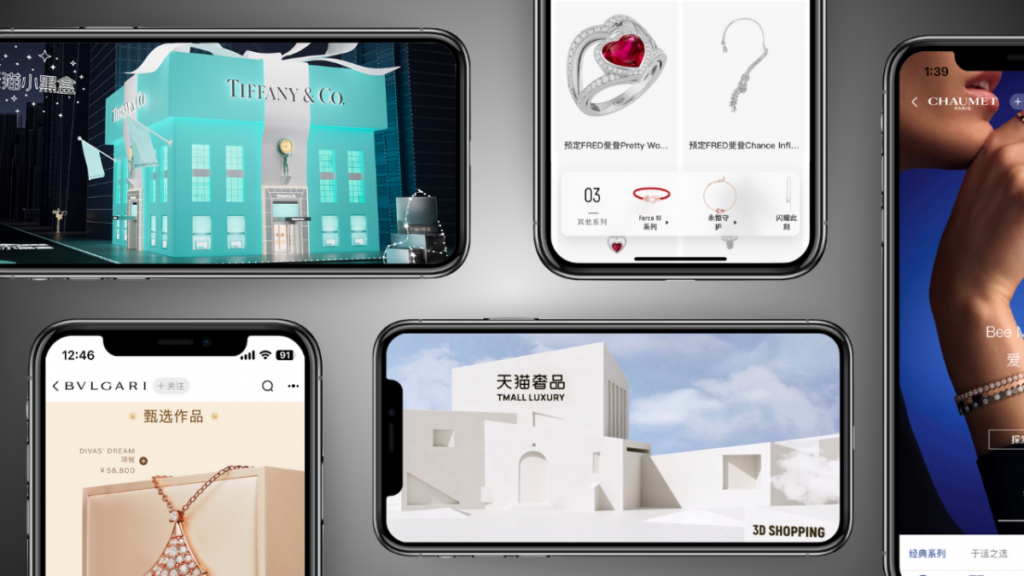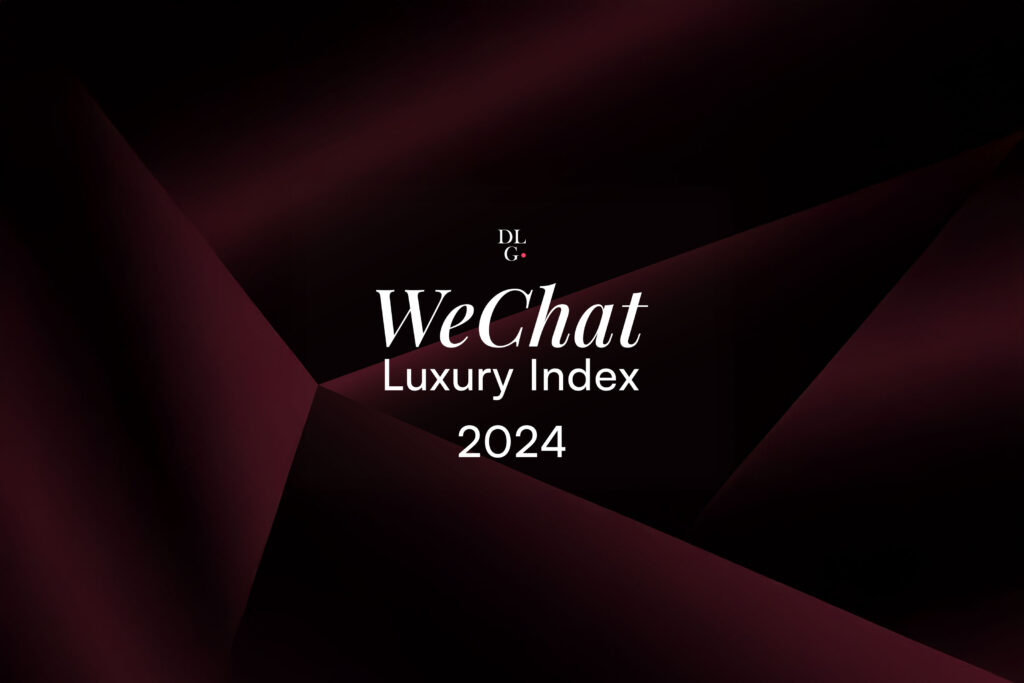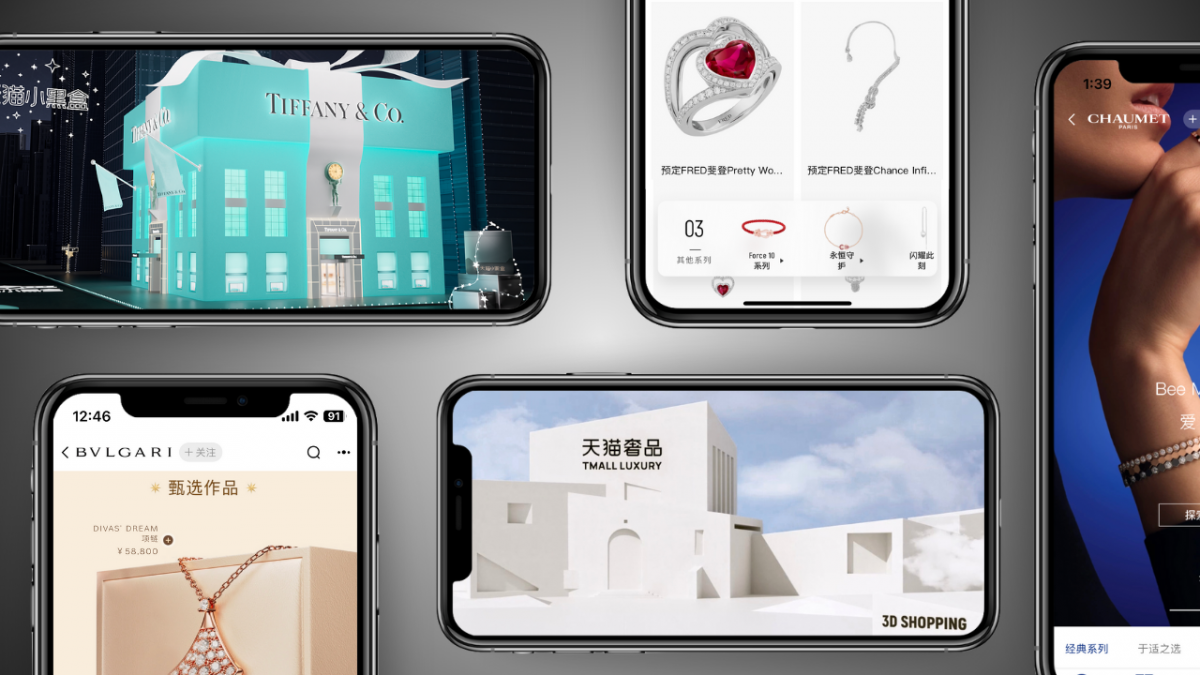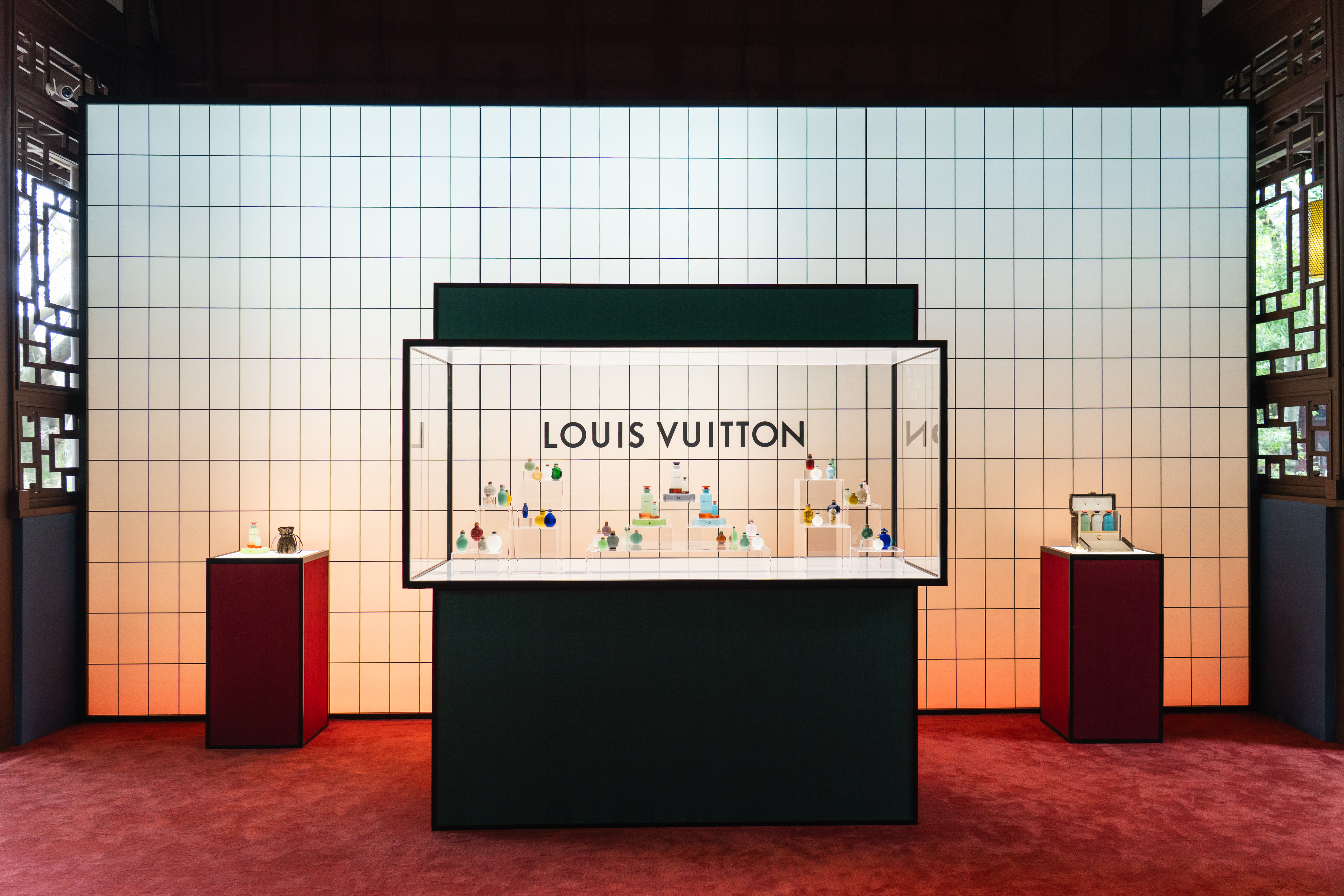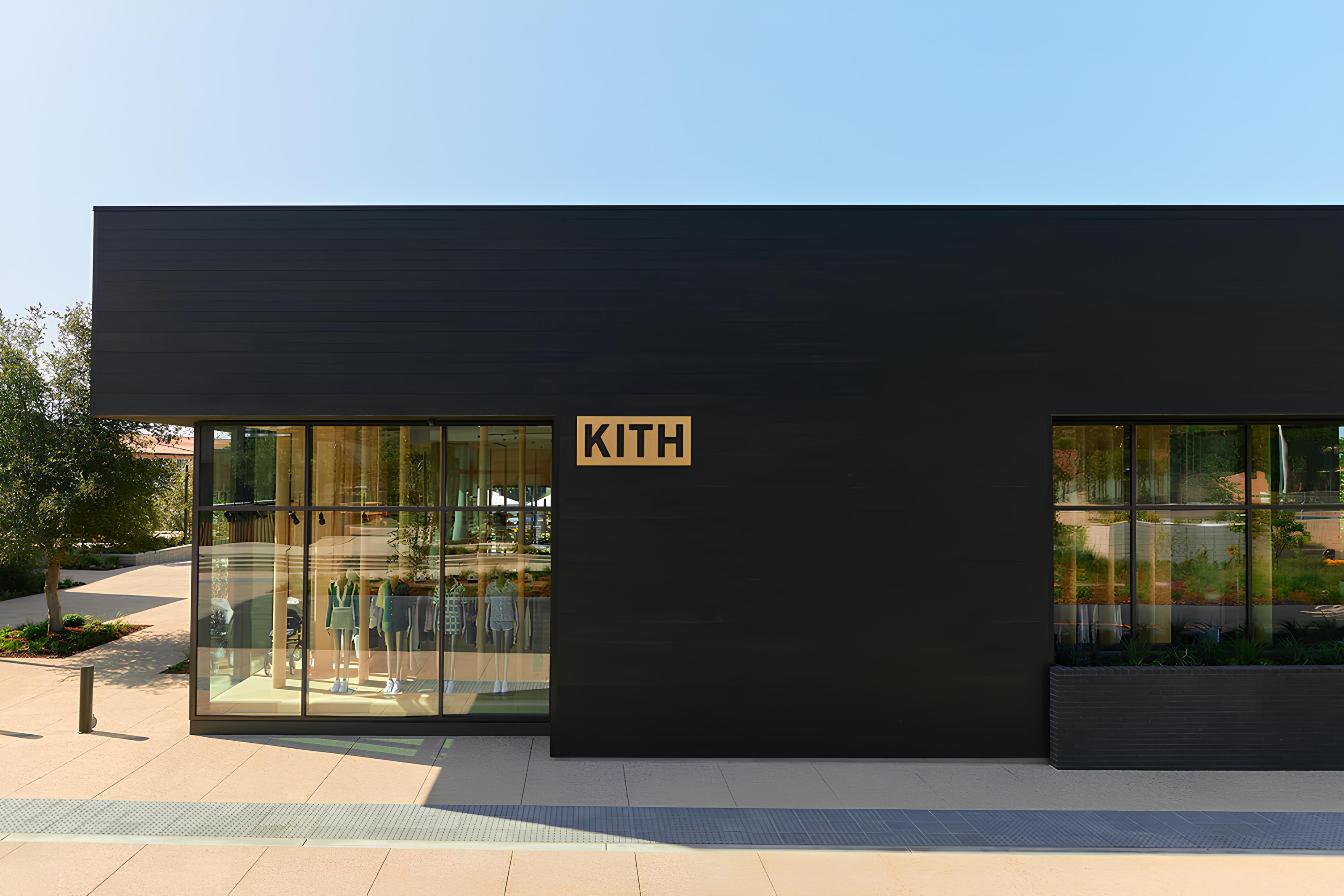Jordan Phillips, founder of Lure of Luxe, explains why growth driven by a highly targeted online presence is preferable to relying on yet another brick-and-mortar boutique

Jordan Phillips, founder of Lure of Luxe, explains why growth driven by a highly targeted online presence is preferable to relying on yet another brick-and-mortar boutique
Louis Vuitton’s most recent Maison – its first in China – in Shanghai, by Peter Marino
Sometimes it’s helpful to look back before moving forward. Two centuries ago, unbranded artisans created the designs that their clients requested. Today, clients request the creations of very branded designers.
Two decades ago, there were a bunch of separate fashion houses, independently owned and sometimes filled with gloriously fighting family members. Today, these fashion houses are owned by a handful of conglomerates, which are filled with very corporate and unified family members. This has led to a cookie-cutter retail experience in luxury that is decreasingly different from the mass-market retail experience.
Today’s consumers are much more educated about the offer because of travel and technology, and now often seek pieces that are limited or exclusive. In fashion, key pieces from runway shows are now so overly exposed by front-row bloggers that they seem old news by the time they appear in traditional magazines, let alone by the time they appear in a luxury brand’s multitude of similar stores all over the globe.
“ Today’s consumers are more educated about luxury because of travel & technology, often seeking pieces that are limited or exclusive ”
This was clearly not an issue twenty years ago, but it seems that some brands have still not adapted to the shift of power and information toward the consumer. The shift is so major that it requires a complete reinvention of how brands communicate with clients in all trend-driven industries.
Customization and tailoring to each market – taking into account who makes the purchases, how, when, and why – will be obligatory to succeed in the luxury field of the future. Think of each market not just geographically but as a global demographic.
The current trend seems to be rapidly blanketing the world with new starchitect-designed stores in order to capture market share in emerging markets. But doing this without true differentiation in order to achieve immediate financial goals is really not very forward-thinking. Intensive distribution strategies are simply not appropriate for the luxury field.
“ Consumers today are spoiled with choices of retail options & have grown to expect retailtainment, which was introduced in many large malls in recent decades ”
Consumers today are spoiled with choices of retail options and have grown to expect retailtainment, which was introduced in many large malls in recent decades. Now every large brick-and-mortar store needs to be an experience-based lifestyle palace in order to draw significant attention.
Considering the high costs involved with building and maintaining a global monobrand boutique network, it makes more sense to cultivate a select number of flagships spread throughout the world and then drive growth online. The cost of production in luxury pales in comparison to the cost of distribution.
If the rapid percentage-of-the-pie growth in online luxury sales continues, companies might be left with ailing and potentially failing boutique networks. Covering the world with monobrand boutiques might be a growth strategy, but what if the retail landscape is completely different in five years?
“ It makes more sense to cultivate a select number of flagships spread throughout the world and then drive growth online ”
A company should be well-balanced in all geographic areas that make sense for its brands and should expand in a way that is realistic for the long-term. In the future, executives will realize that constantly chasing the next big emerging market gold mine is a slippery slope that will leave companies especially vulnerable to market volatility, currency fluctuations, and commodity price hikes.
The traditional epicenters of luxe should not be forgotten, especially since these will remain lucrative shopping destinations for consumers from all over the world. But this does not mean that more brick-and-mortar stores in mature markets is necessary; organic growth driven by a highly targeted online presence is much safer in the big picture. Limited distribution is crucial in maintaining the necessary aura of rarity.
Two options to market a brand to potential and future clients in emerging markets without opening mass quantities of new stores are regionally customized products sold online and brand events with well-vetted exclusive invite lists. If a brand launches products or customization features only in limited markets, it drives the desire of the luxe shopping tourist.
“ Constantly chasing the next big emerging market is a slippery slope that will leave companies vulnerable to market volatility, currency fluctuations & commodity price hikes ”
It also helps decrease the (justifiable) feeling that shopping is being cloned everywhere. Likewise, elegant brand events targeting influentials in key markets will also be a trend in emerging markets, and this does not require a physical store presence. It can be used to drive demand for the opening of a physical store or to fuel desire to purchase the products online and when traveling.
A luxury brand store should be unmistakably different from a premium or mass-market brand store. Part of the current potential problem in retailing is that much of the knowledge applied to luxury comes from the mass market. It does not work long-term to simply reapply a mass strategy to the upscale market.
Leave behind any strategies that are applicable to the mass market and start from scratch, with the luxe consumer in mind. Do not open a luxury brand store just because your current store (or network of stores) is performing well. Only open a new physical location if you can introduce a truly new concept, idea, or statement that currently cannot be found elsewhere.
To further investigate retailing on Luxury Society, we invite your to explore the related materials as follows:
– The Latest Boutiques: Rolls Royce, Piaget & Louis Vuitton
– Which Nationalities Are Spending What Where: Global Blue
– Luxury Shopping in the UK: How the Market Continues to Grow


